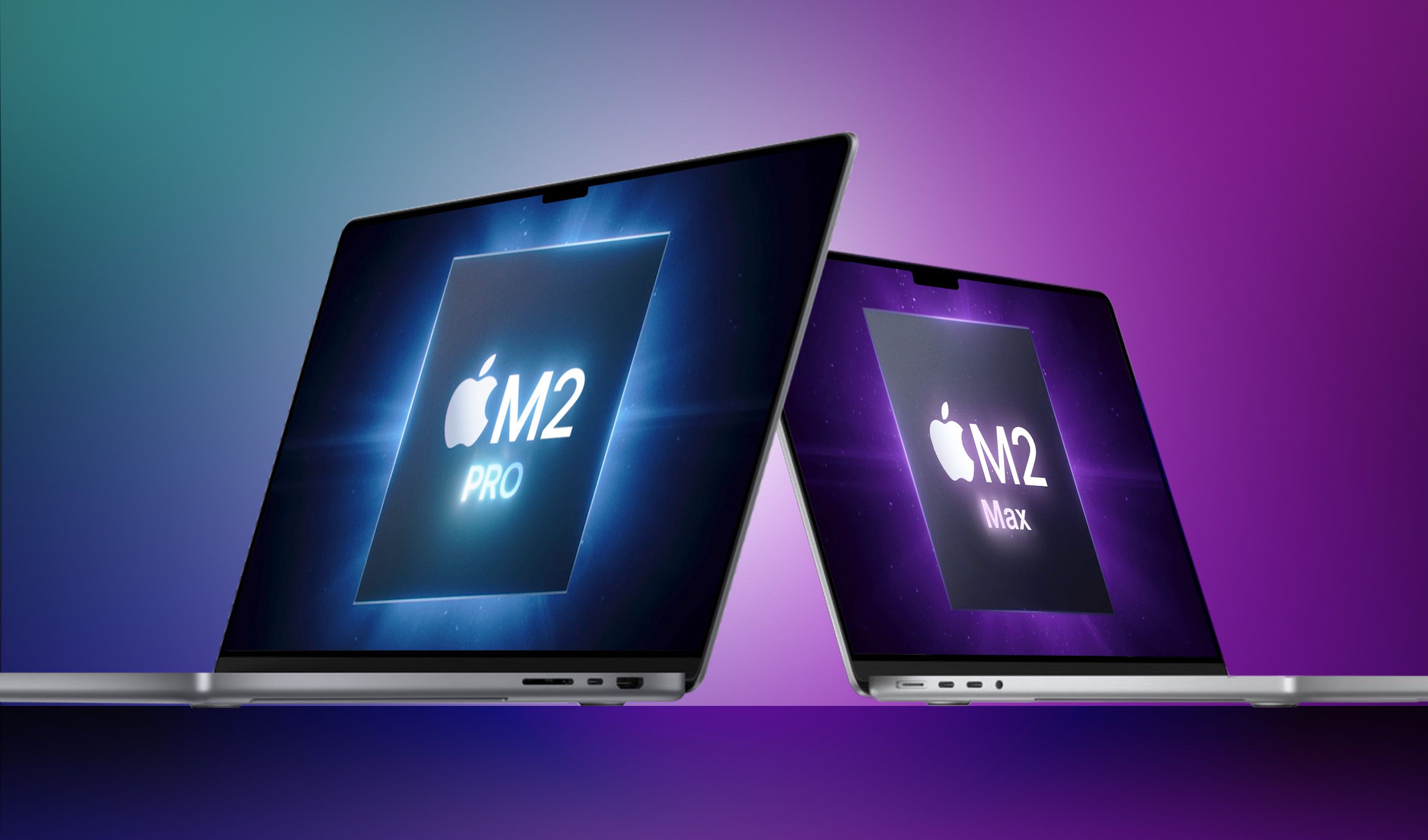Wrong, M2 Pro/Max already out in the wild and the spotted Geekbench 5 results indicate that they are using N5P like the regular M2.So if I understand this right? It looks as though the standard 3nm chip will be M2 in nomenclature and reserved for the Macbook Pro, Mac Mini released in spring 2023.
The enhanced 3nm process will therefore be the M3 chip.

'M2 Max' Geekbench Scores Leak Online, Revealing Rumored Specs and Performance
Geekbench scores allegedly for the upcoming "M2 Max" chip have surfaced online, offering a closer look at the performance levels and specific details of the forthcoming Apple silicon processor. The Geekbench results, first spotted on Twitter, are for a Mac configuration of with the M2 Max chip...


